STOP LAB CUTS
Medicare payment cuts threaten patient access to clinical laboratory services, which are essential to preventing and diagnosing diseases and conditions, empowering patients and their clinicians to make informed decisions about care. Tell Congress to pass the Reforming and Enhancing Sustainable Updates to Laboratory Testing Services (RESULTS) Act this year.
Screening and diagnostic tests performed by clinical laboratories inform
life’s most important health care decisions.
Scheduled reimbursement cuts under the Protecting Access to Medicare Act (PAMA) could jeopardize access to many of the clinical laboratory tests that are used to screen, diagnose, monitor, and manage common diseases for all patients, including more than 60 million seniors.
But the threat doesn’t stop there. After three rounds of up to 10 percent cuts, planned payment reductions of up to an additional 15 percent in 2026 could weaken the clinical laboratory infrastructure, making it more difficult to deliver routine health care and respond to the next public health crisis. Strong clinical laboratories are foundational to the U.S. health care system.
Medicare reimbursement cuts also curtail investment in the next generation of diagnostic tests, including those that enable personalized care for diseases like cancer.
IMPACT ON PATIENTS
Clinical laboratory tests play a critical role in health care. Without congressional action, nearly 800 tests will face payment cuts next January. Learn more about how these tests are used and the potential impact of Medicare cuts on patients:
Diabetes
Heart
Disease
Kidney, Heart and Liver Conditions
Cancers
Chronic Kidney Disease
Viral
Hepatitis
HIV
THE PROBLEM
Congress passed the Protecting Access to Medicare Act (PAMA) in 2014. The legislation was designed to align Medicare payment for clinical laboratories with commercial market rates across the country. Unfortunately, the commercial market data collected to inform Medicare payment rates was incomplete and not representative of the broader laboratory ecosystem, leading to deeper than expected payment cuts to laboratories. In three consecutive years, hundreds of laboratory tests experienced up to 10 percent cuts, almost $4 billion in total and far greater than Congress intended. Another round of up to 15 percent cuts to nearly 800 tests is scheduled for January 2026.
Without congressional intervention this year, laboratories across the country will face tough decisions potentially reducing services offered to patients and curbing investment in the next generation of diagnostic tests. Physician offices may stop offering essential laboratory tests, and independent laboratories could be forced to close. This could result in slower tests results or fewer test offerings. These cuts will impact the most common laboratory tests in health care, including those used for the management of heart disease, diabetes, cancer, and many other common and complex health conditions. In short, these scheduled Medicare cuts will undermine laboratory infrastructure essential for day-to-day care and critical to public health emergencies, while also stifling investment to advance innovative new screening and diagnostic tests.
Congress has acted on a bipartisan basis five times to “press the brakes” on harm caused by PAMA, and now is the time to put laboratory payment policy on the right trajectory for the long-term, with congressional action before the next round of cuts go into effect in January 2026. The outcome of these cuts is predictable: Delayed and disrupted care could lead to the worsening of health care status for at-risk and vulnerable seniors.
THE SOLUTION
Congress must take action in 2025 to fix the broken payment system and prevent further, deep cuts to clinical laboratories. The RESULTS Act would:
Preserve patient access to life-saving diagnostic tests that are foundational to informed clinical decision-making,
TAKE ACTION
Tell Congress to stop Medicare cuts to clinical laboratory testing.

